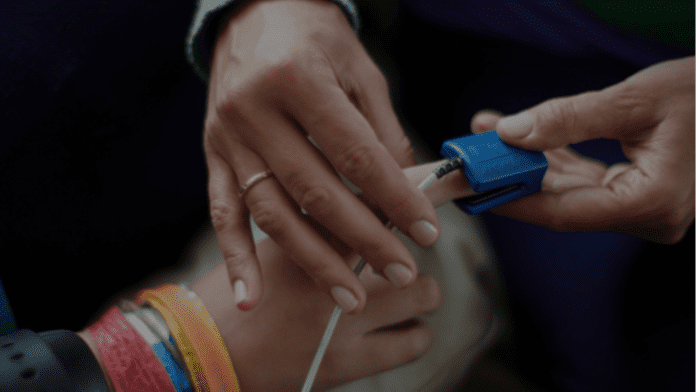Technology has a history of helping to track and treat viruses. With the World Health Organization (WHO) declaring COVID-19 a global pandemic, people are asking how new technologies such as the internet of things (IoT), artificial intelligence (AI), and big data can slow down the proliferation of pandemics and avoid a future global health crisis.
Millions of wearable devices have been deployed globally. Activity and heart-rate sensing are becoming a baseline feature in every fitness band and smartwatch, with data being continuously sensed and uploaded into the cloud. Would this data be useful in predicting a spreading epidemic?
A recent study by Scripps Research Translational Institute in The Lancet Digital Health analysed such data and found that resting heart rate and sleep-duration data collected from wearable devices could help inform timely and accurate models of population-level influenza trends. Sensing and analysing more physiological factors would improve the speed and accuracy in the discovery of epidemics.
Patient care habits

Isolation is one of the preventive actions being taken to stop the virus spread, as exposure to an infected carrier could prove fatal for people with a weakened immune system. Now, more than ever, health stats relating to virus symptoms can be sent to health care providers without patients having to visit their clinic and risking exposure.
Connected devices such as thermometers, blood pressure meters, inhalers, glucose meters, or other personal health monitoring devices will play a significant role in protecting people’s lives.
Cellular connectivity through the CAT-M or NB-IoT network can ensure a secure and reliable countrywide link for the delivery of patients’ stats to their health care provider from any location, regardless of WiFi/BLE coverage. Connected out-of-the-box cellular-based devices are freeing doctors from relying on a patient’s ability to set up the LAN/PAN connection by themselves.
Quarantine compliance
The general population can wear smart wristbands as a health monitor. With an emphasis on the small size and long battery life, cellular IoT offers reliable connectivity for smart wristbands, with autonomy from paired smartphones. Recently, the Hong Kong Government has deployed smart wristbands to monitor city residents quarantined inside their homes.
Monitoring is vital in the detection chain, and reaction time is critical for prevention. Enterprises, airports, and cities would surely benefit from monitoring devices for citizens, and healthcare facilities would benefit from the ability to monitor remote patients. Timely discovery of outbreaks could prevent many new dangerous viruses in the future.
As Bill Gates has said, leaders in any crisis have two equally important responsibilities: solving the immediate problem and keeping it from happening again.
It’s clear that IoT technology, and specifically medical devices, have an important role to play in the containment and treatment of outbreaks like COVID-19. IoT can be fully harnessed to control and potentially prevent the next global pandemic.
Igor Tovberg is director of product marketing at Altair Semiconductor, a Sony Group company. He oversees global product marketing and the creation of new business opportunities. He has 12 years of experience in hardware and software designs with wireless, digital, and power systems. Igor holds a Master’s degree in management of technology and a Bachelor’s in electrical engineering.

